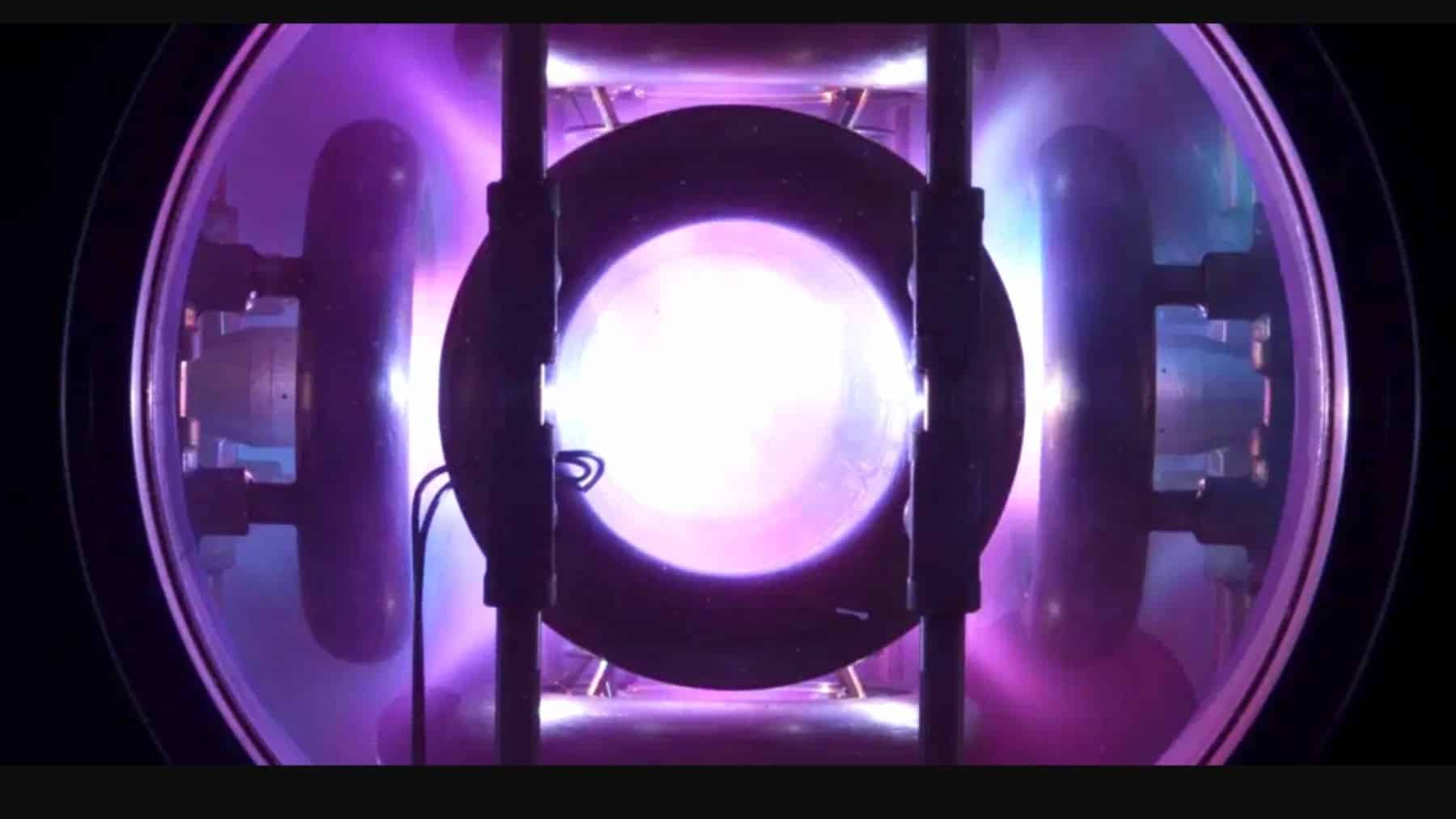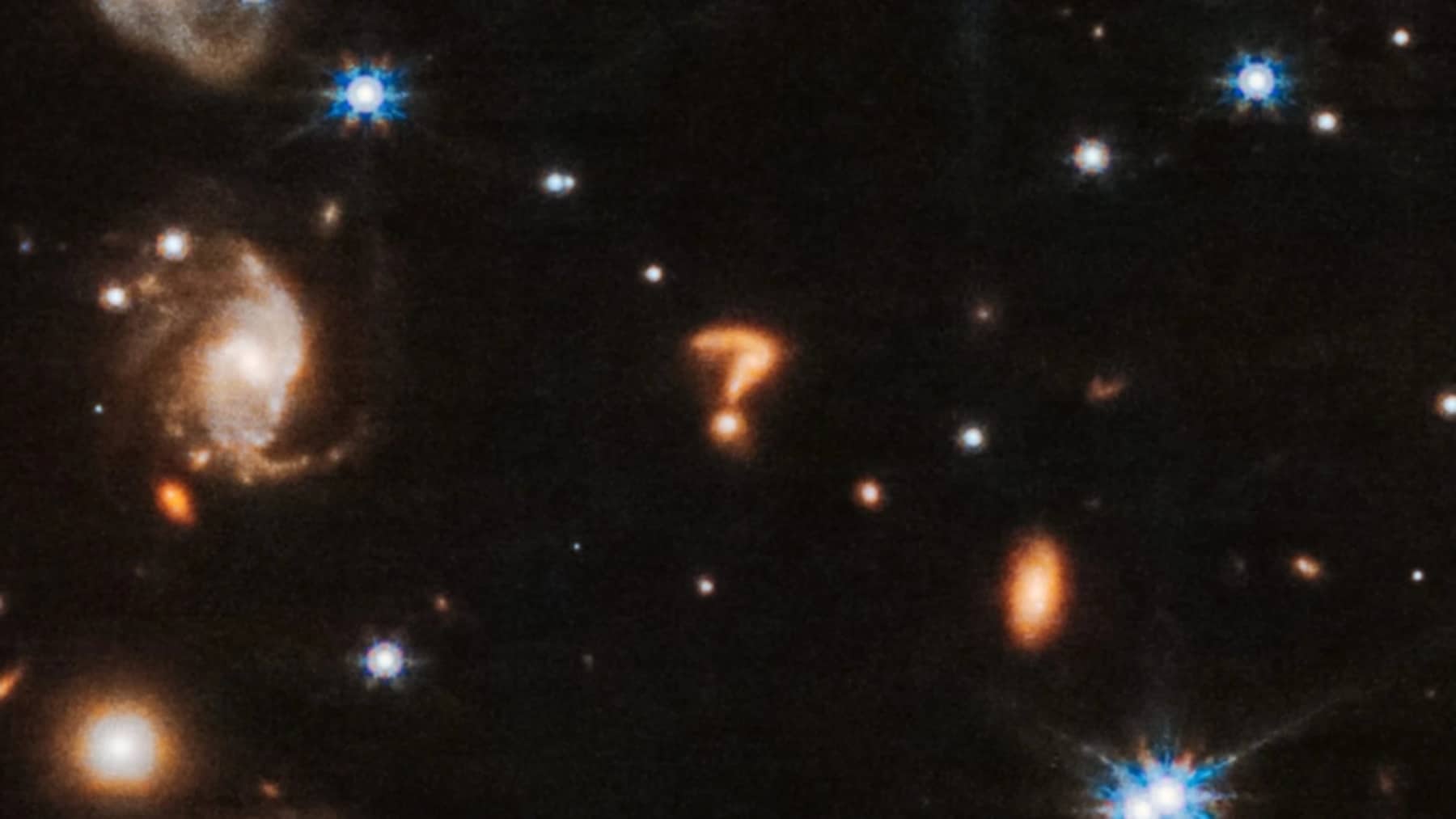With the road to resolve the global energy crisis being filled with thorns, a futuristic device that can enclose infinite energy offers some hope. Fusion energy seems to be re-emerging and perhaps this re-emergence will allow us to say goodbye to nuclear energy, as we know it, for good. Since the proton–boron fusion has often been met with considerable challenges, it is rather unexpected that this type of fusion is looking lucrative and offering some promise with designs like the Polywell fusion reactor putting the vision of infinite energy within reach.
The Large Helical Device (LHD): The heart of fusion
Due to TAE Technologies and Japan National Institute for Fusion Science researchers, the Large Helical Device (LHD) was displayed in March 2023. The LHD confined proton and boron fusion. What resulted from the fusion was helium nuclei which is rather harmless proving that the LHD can be central to cleaner energy generation.
Fused energy from a reliable source like boron could rather easily be transformed into electricity. However, the problem came about as the p-11B fusion demanded higher temperatures provoking energy loss and making energy gain a far dream. Thankfully due to TAE’s detector setup, the p-11B could lead to energy generation if and when confined in plasma environments.
Revisiting Bussard’s concept of Polywell fusion
While all seems rosy, the LHD battles some technical challenges still. To address such issues, a method suggested by well-known physicist Robert W. Bussard could be rather beneficial. Bussard’s idea of Polywell fusion takes into consideration electrostatic confinement. The core idea of Polywell fusion is to use a grid of magnetic coils to create a sort of electron “well” that somewhat confines positively charged ions.
What is on offer from using the premises of Polywell fusion is the ion’s geometry which betters the chances of collision and fusion whilst simultaneously avoiding interaction with reactor walls. Even still, the promise of Polywell fusion cannot guarantee that energy loss won’t occur or that heating setbacks will occur. From the time when the WB6 Polywell reactor was initially tested, scientists discovered billions of fusion reactions per second occurring when using deuterium. Bussard promoted the idea of scaling this with the help of p–11B fusion. From that time, a device costing $200 million could generate 100 MW of electricity.
With Germany being a step closer to producing infinite energy, it is yet a speculation as to whether Japan can employ their understanding of Polywell fusion to follow suit.
Not a clear-cut path to the pilot proton-boron plant
As attractive as moving solely in the direction of commercializing p–11B fusion seems, the route is not all that clear cut. According to plasma physicists, current reaction rates seem relatively low to allow for viable power plants. Furthermore, deep radiation emitted at relatively high temperatures may destabilize the system. This is why researchers are contemplating whether relativistic plasma modeling at such intense temperatures will be feasible or whether it will introduce further complexities.
Thus far, progress remains slow. Yet, TAE Technologies hopes to deliver a pilot proton–boron plant by as soon as the early part of 2030. At present, Polywell reactors like the WB7 and WB8 models are being looked at as they may offer a better way to ensure viable fusion.
The pull towards p–11B fusion is evident producing no radioactive waste and having no meltdown risk whilst offering inexpensive infinite energy. Perhaps in the future, the definition of nuclear energy will no longer be confined to fusion reactors but will refer to efficient systems enriched by hydrogen and boron fusion living up to its promise of ensuring limitless clean energy. With new types of nuclear fusion being discovered, the pathway to produce infinite energy may very well be a possibility.














